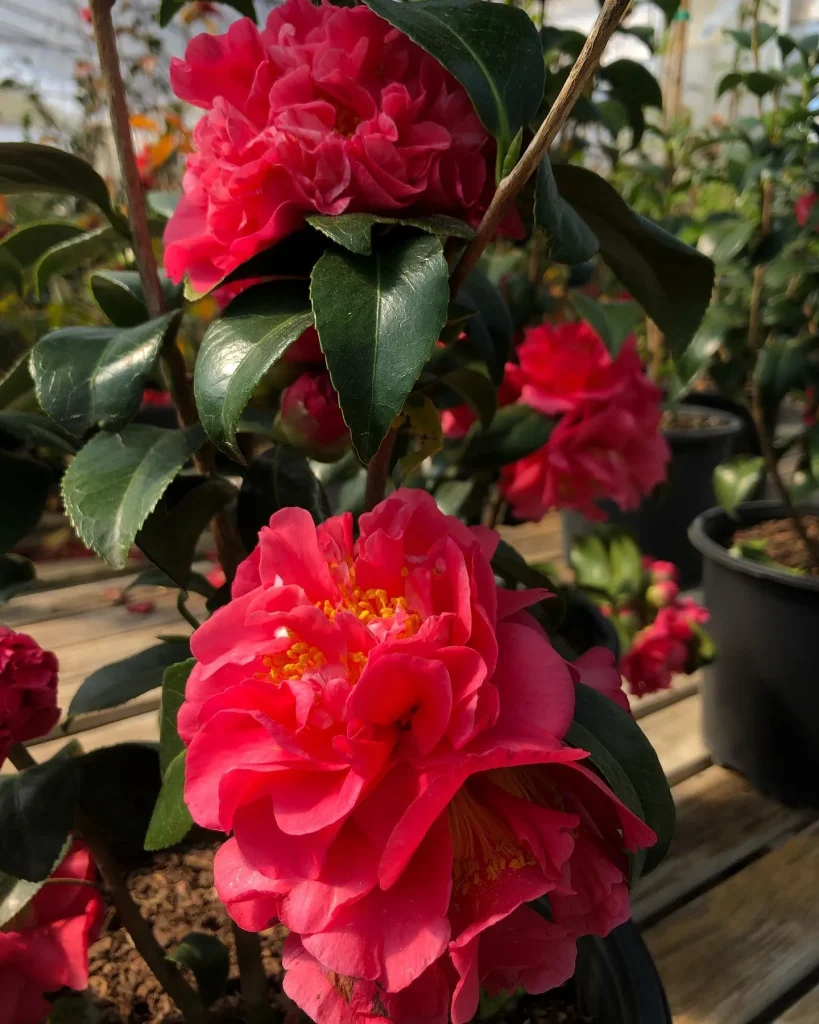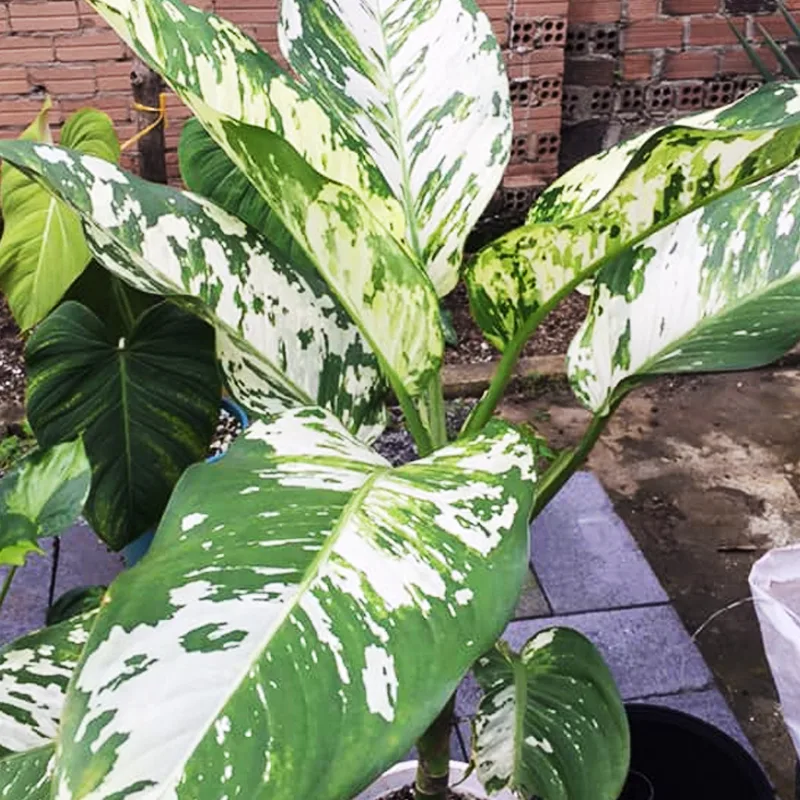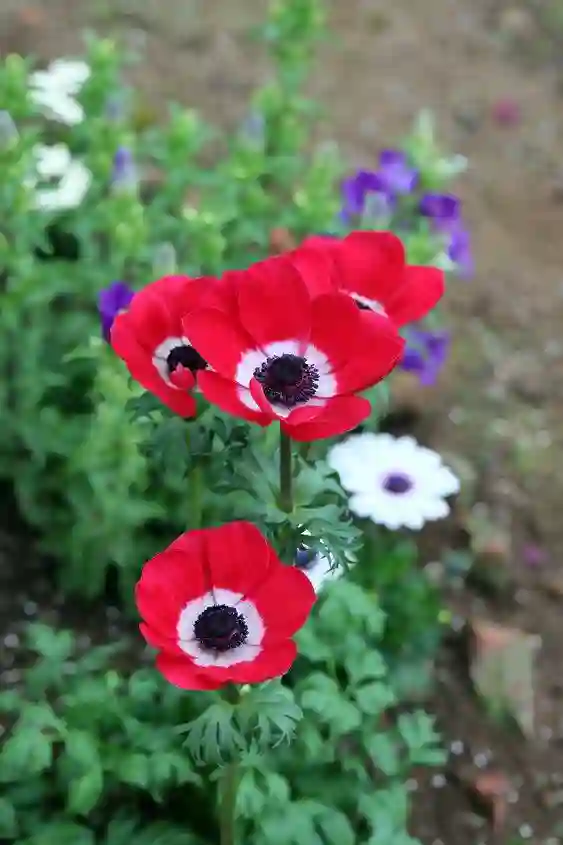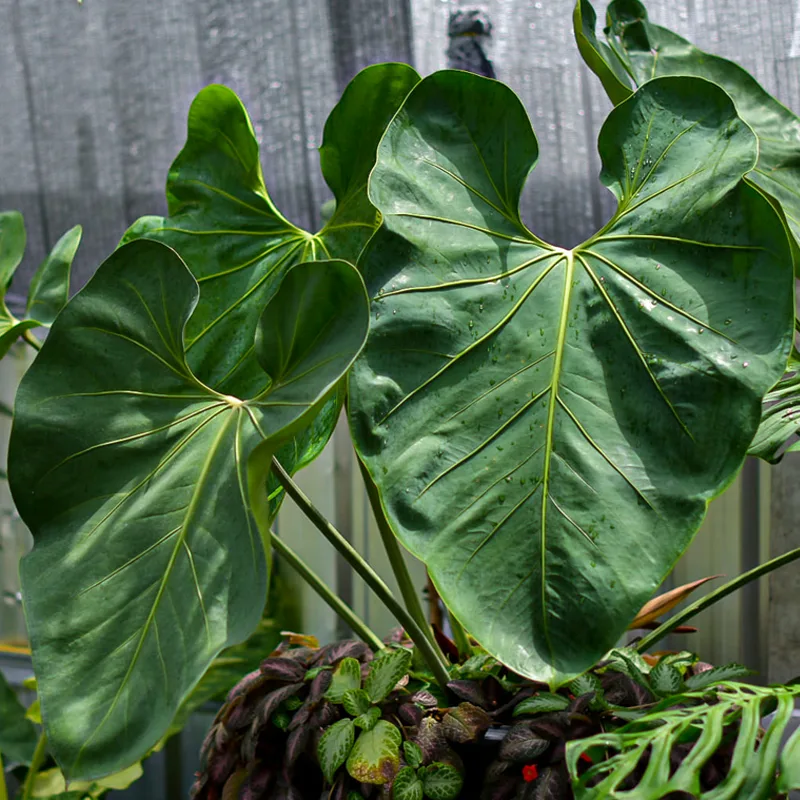
FAQs of Actaea Pachypoda
Actaea Pachypoda, commonly known as Doll’s Eyes or White Baneberry, is a fascinating plant with unique features that make it a standout addition to any garden. I’ve had my fair share of experiences with this intriguing plant, and I’m excited to share some insights on how to grow and care for it. Whether you’re just starting out or looking to deepen your knowledge, here are some answers to common questions about Actaea Pachypoda.
32 Species in Genus Actaea
What Is Actaea Pachypoda?
Actaea Pachypoda is a perennial plant native to North America, known for its striking appearance. The plant typically features clusters of small, white flowers that bloom in late spring or early summer. After flowering, it produces distinctive white berries with black dots, which resemble doll’s eyes, giving the plant its common name. This plant thrives in shady woodland environments, making it an excellent choice for adding a touch of drama to low-light garden areas.
How to Grow Actaea Pachypoda?
Growing Actaea Pachypoda can be quite rewarding if you follow a few key steps. This plant prefers moist, well-drained soil and does best in partial to full shade. It’s important to plant it in an area where it won’t be exposed to direct sunlight for extended periods, as this can scorch its leaves.
Start by preparing the soil. Enrich it with organic matter to improve moisture retention and fertility. When planting, ensure that the root crown of the Actaea Pachypoda is level with the soil surface. Space plants about 18 to 24 inches apart to allow for their mature spread. Mulching around the base can help retain moisture and keep weeds at bay.
How to Care for Actaea Pachypoda?
Caring for Actaea Pachypoda involves a few basic practices. Keep the soil consistently moist but not waterlogged. During dry spells, you may need to water more frequently. Applying a layer of mulch around the plant can help maintain soil moisture and temperature.
In terms of feeding, Actaea Pachypoda doesn’t require heavy fertilization. A balanced, slow-release fertilizer applied in early spring will provide the necessary nutrients. Remove any dead or damaged foliage to keep the plant healthy and encourage new growth.
How to Propagate Actaea Pachypoda?
Propagating Actaea Pachypoda is typically done through division. In late fall or early spring, dig up the mature plants and separate the clumps into smaller sections, each with a portion of the root system. Replant these sections in prepared soil at the same depth they were growing before. This method ensures that the new plants will have the same characteristics as the parent plant.
What to Plant with Actaea Pachypoda?
Actaea Pachypoda pairs well with other shade-loving plants. Consider planting it alongside hostas, ferns, or bleeding hearts to create a lush, woodland garden. The contrasting foliage and textures of these plants complement the delicate appearance of Actaea Pachypoda and enhance the overall aesthetic of the garden.
Can You Grow Actaea Pachypoda Indoors?
Actaea Pachypoda is primarily an outdoor plant suited to garden settings. It’s not ideal for indoor cultivation due to its specific light and humidity needs. The plant thrives in natural light conditions that are hard to replicate indoors. If you have a suitable outdoor environment, it’s best to grow Actaea Pachypoda there for optimal health and growth.
Is Actaea Pachypoda Toxic?
Yes, Actaea Pachypoda is toxic if ingested. All parts of the plant, especially the berries, contain toxic compounds that can cause severe symptoms if consumed. It’s crucial to keep this plant away from children and pets. The toxic nature of Actaea Pachypoda is something to be aware of if you have a household with small children or curious animals.
Benefits of Actaea Pachypoda
Actaea Pachypoda offers several benefits for gardeners. Its unique appearance adds visual interest to shady areas, and its white berries provide a striking contrast to the surrounding greenery. The plant also attracts pollinators like bees and butterflies, contributing to the health of your garden’s ecosystem.
Common Problems with Actaea Pachypoda
One common issue with Actaea Pachypoda is its susceptibility to fungal diseases, especially in overly damp conditions. To prevent this, ensure proper spacing and avoid overhead watering to reduce humidity around the plant. Additionally, watch out for pests such as aphids and slugs, which can occasionally affect the plant. Regular inspections and maintenance can help keep these issues in check.
Compare with Similar Plants
If you’re considering alternatives, Actaea Pachypoda can be compared to other shade-loving plants like Actaea Rubra, also known as Red Baneberry. While both share similar growing conditions, Actaea Rubra has red berries and a slightly different foliage appearance. Another similar plant is the Cimicifuga Racemosa (now called Actaea Racemosa), which also features striking flower spikes but prefers slightly different soil conditions.
In conclusion, Actaea Pachypoda is a captivating addition to shaded garden spaces. By understanding its growing requirements, care needs, and potential issues, you can successfully cultivate this plant and enjoy its unique beauty in your garden.
If i die, water my plants!



